Skip to product information
-
Media gallery  Media gallery
Media gallery
-
Media gallery  Media gallery
Media gallery
-
Media gallery  Media gallery
Media gallery
-
Media gallery  Media gallery
Media gallery
-
Media gallery  Media gallery
Media gallery
-
Media gallery  Media gallery
Media gallery
-
Media gallery  Media gallery
Media gallery
1
/
of
7
SKU
4536
Woodworker's Guide to Handplanes
How to Choose, Setup and Master the Most Useful Planes for Today's Workshop- Regular price
- $37.99 USD
- Regular price
-
- Sale price
- $37.99 USD
- Unit price
- / per
Shipping calculated at checkout.
Couldn't load pickup availability
Description
Description
A technically rich analysis and evaluation of every handplane style in the world and how to maintain them for optimum performance.
Details
Details
| Pages | 328 |
|---|---|
| Publish Date | 2010-11-01 |
| Series | |
| Size | 8.5" x 11.0" x 0.757" |
| Author | Scott Wynn |
Reviews
Reviews
n
nose and more. The book also includes plans for full sets of Western and Japanese style planes.
covers choosing, using and maintaining both Western and Japanese styles of handplanes, including jack, jointer, smoothing, panel, scrub, Bailey, block, horned, rabbet, bull
n
nose and more. The book also includes plans for full sets of Western and Japanese style planes.
covers choosing, using and maintaining both Western and Japanese styles of handplanes, including jack, jointer, smoothing, panel, scrub, Bailey, block, horned, rabbet, bull
u
up, adjustment and usage of each. Sharpening has its own chapter, as do accessories for bench work. The final 50 pages describe how to make your own handplanes: traditional wood body, Japanese style, compass, and Krenov style. This is a substantial and comprehensive volume for the discerning woodworker and blade makers.
The handplane is the major symbol of fine woodworking. As the hand held carrier that presents the blade edge to the surface of the wood, it is complex in its forms. There are innumerable types and variants, so knowing which kind best suits your purpose requires some understanding. This book describes the plane parts and types, and looks at the set
u
up the most significant models of plane.
The rest of the book gives further detailed information on sharpening, notes on bench work (ie. the actual use of
planes) and finally, there is a chapter on making and modifying planes.
The book would be of interest to virtually any woodworker, at any stage of his or her development in the craft. It is well written and illustrated and while it is easy to read, it is likely to be used as much as a reference book in the future as for the rapid acquisition of knowledge when it is first encountered.
The woodworking handplane is believed to have been invented by the Romans. As remarked in the Beginner's
article in this issue, it probably began as a chisel in a box. The chisel had been known for thousands of years and fixing it in a box so that it would cut a consistent shaving when pushed across the wood sounds like a simple enough idea. Yet it transformed the craft and to this day, the handplane is an invaluable tool, even in the most mechanised workshop.
It is not merely the practical function of the plane that has ensured its longevity. The first few words of the Introduction to this book deals with the almost metaphysical aspect of its use:
"I cannot think of anyone who has made a shaving with a plane and has not been seduced by the sight, sound and feel
of the emerging shaving."
More than any other tool, ancient or modern, the handplane holds a place of reverence for many woodworkers. This
book reflects that reverence but it is, nevertheless, an immensely practical tome that covers a broad range of topics. The first chapter deals with the performance of the handplane
u
up the most significant models of plane.
The rest of the book gives further detailed information on sharpening, notes on bench work (ie. the actual use of
planes) and finally, there is a chapter on making and modifying planes.
The book would be of interest to virtually any woodworker, at any stage of his or her development in the craft. It is well written and illustrated and while it is easy to read, it is likely to be used as much as a reference book in the future as for the rapid acquisition of knowledge when it is first encountered.
The woodworking handplane is believed to have been invented by the Romans. As remarked in the Beginner's
article in this issue, it probably began as a chisel in a box. The chisel had been known for thousands of years and fixing it in a box so that it would cut a consistent shaving when pushed across the wood sounds like a simple enough idea. Yet it transformed the craft and to this day, the handplane is an invaluable tool, even in the most mechanised workshop.
It is not merely the practical function of the plane that has ensured its longevity. The first few words of the Introduction to this book deals with the almost metaphysical aspect of its use:
"I cannot think of anyone who has made a shaving with a plane and has not been seduced by the sight, sound and feel
of the emerging shaving."
More than any other tool, ancient or modern, the handplane holds a place of reverence for many woodworkers. This
book reflects that reverence but it is, nevertheless, an immensely practical tome that covers a broad range of topics. The first chapter deals with the performance of the handplane
s
style planes. Wynn is an instructor at the Woodworker Academy in Alameda, Calif., where he has taught for nearly 15 years.
WOODWORKER'S GUIDE TO HAND PLANES, by Scott Wynn, is a meaty text on how to choose, maintain and use all major styles of hand planes, including Western and Japanese varieties. The author's woodworking and tool expertise is clearly evident and with more than 200 photos and 300 beautiful hand
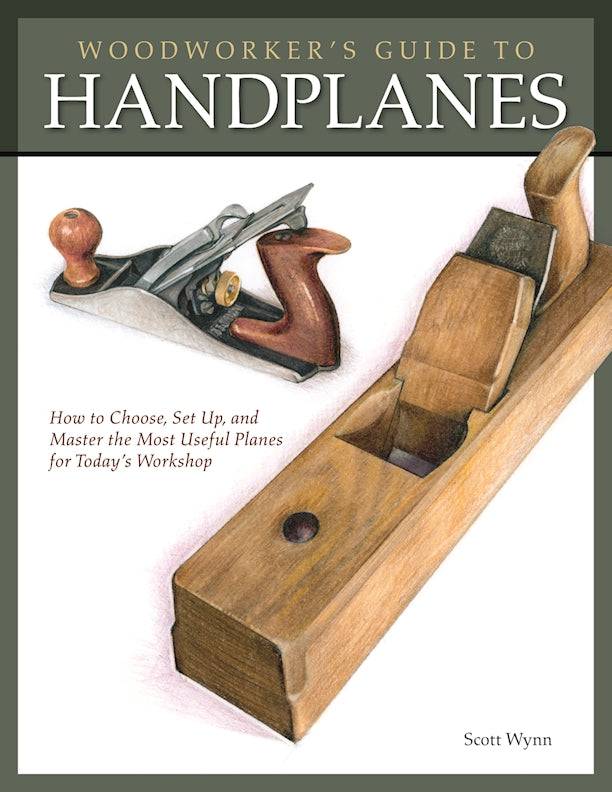
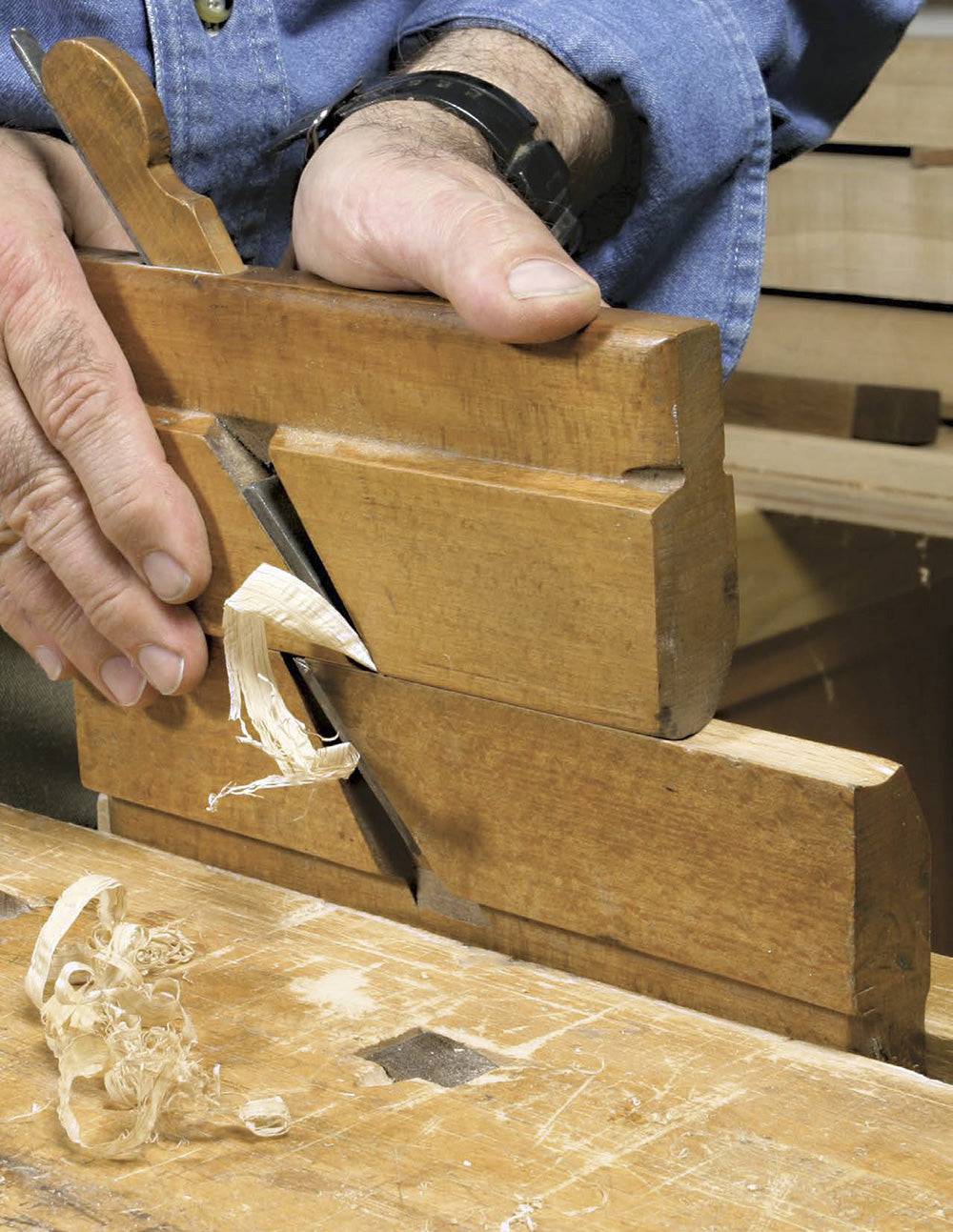
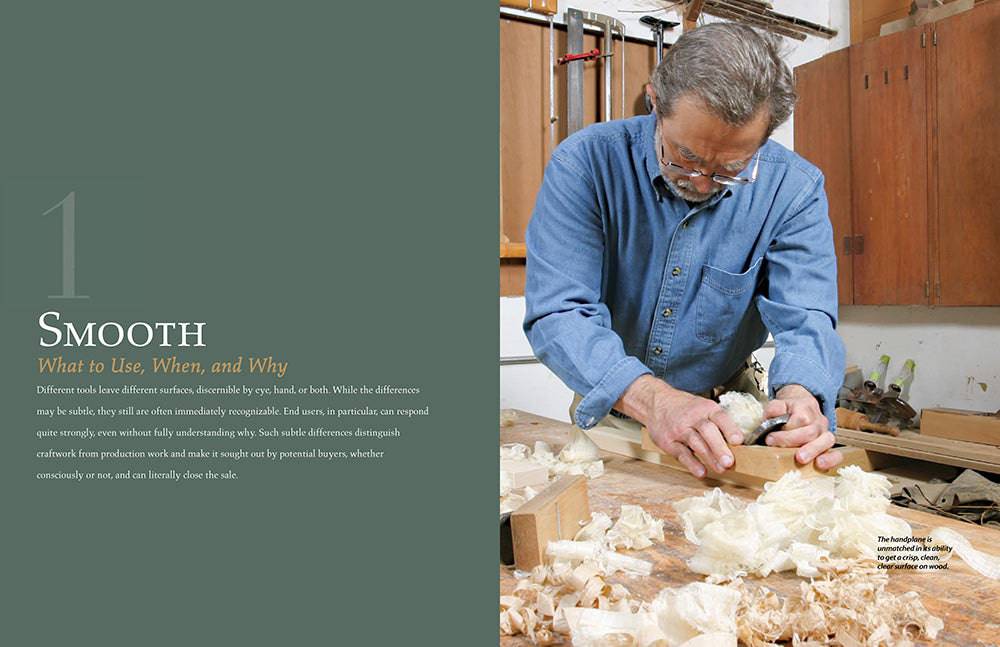
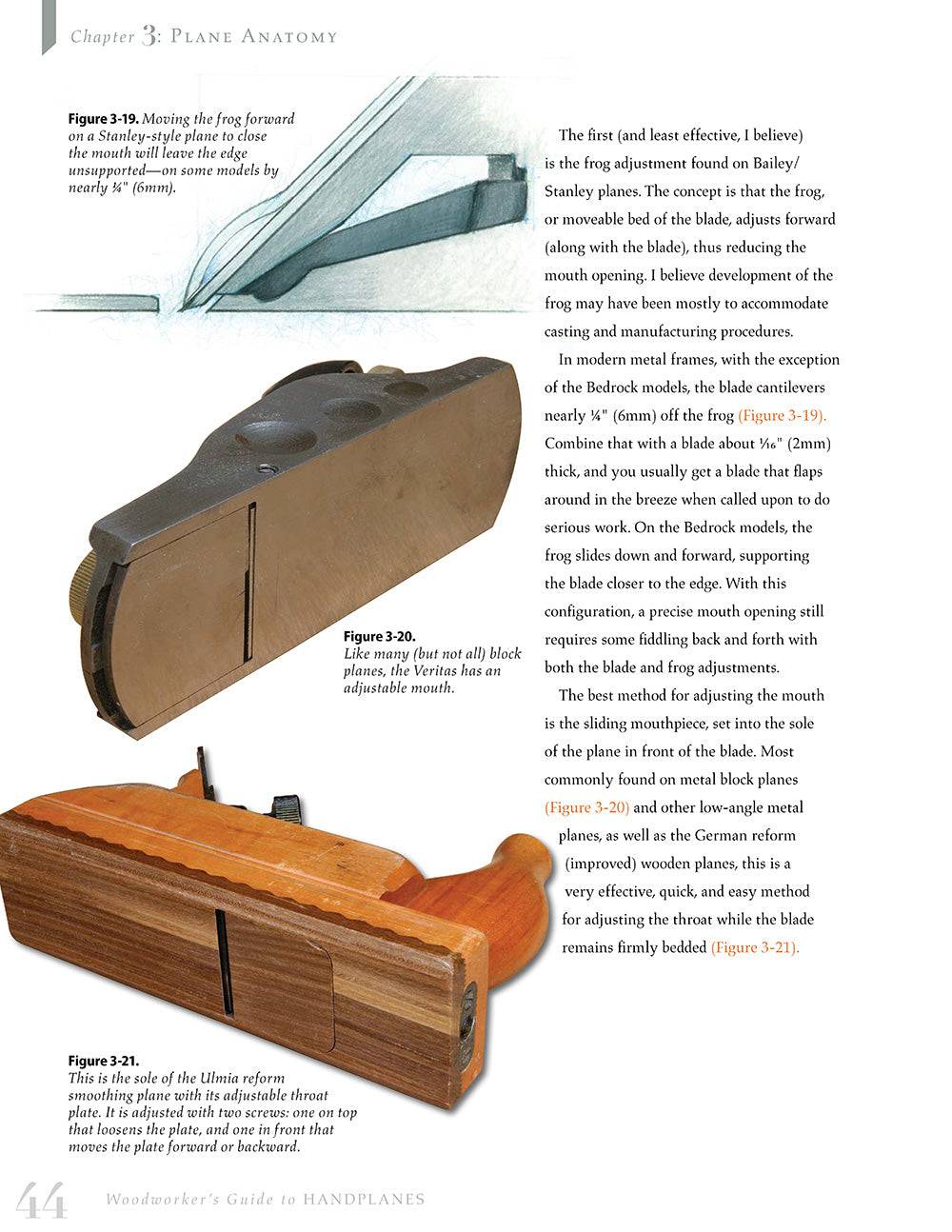
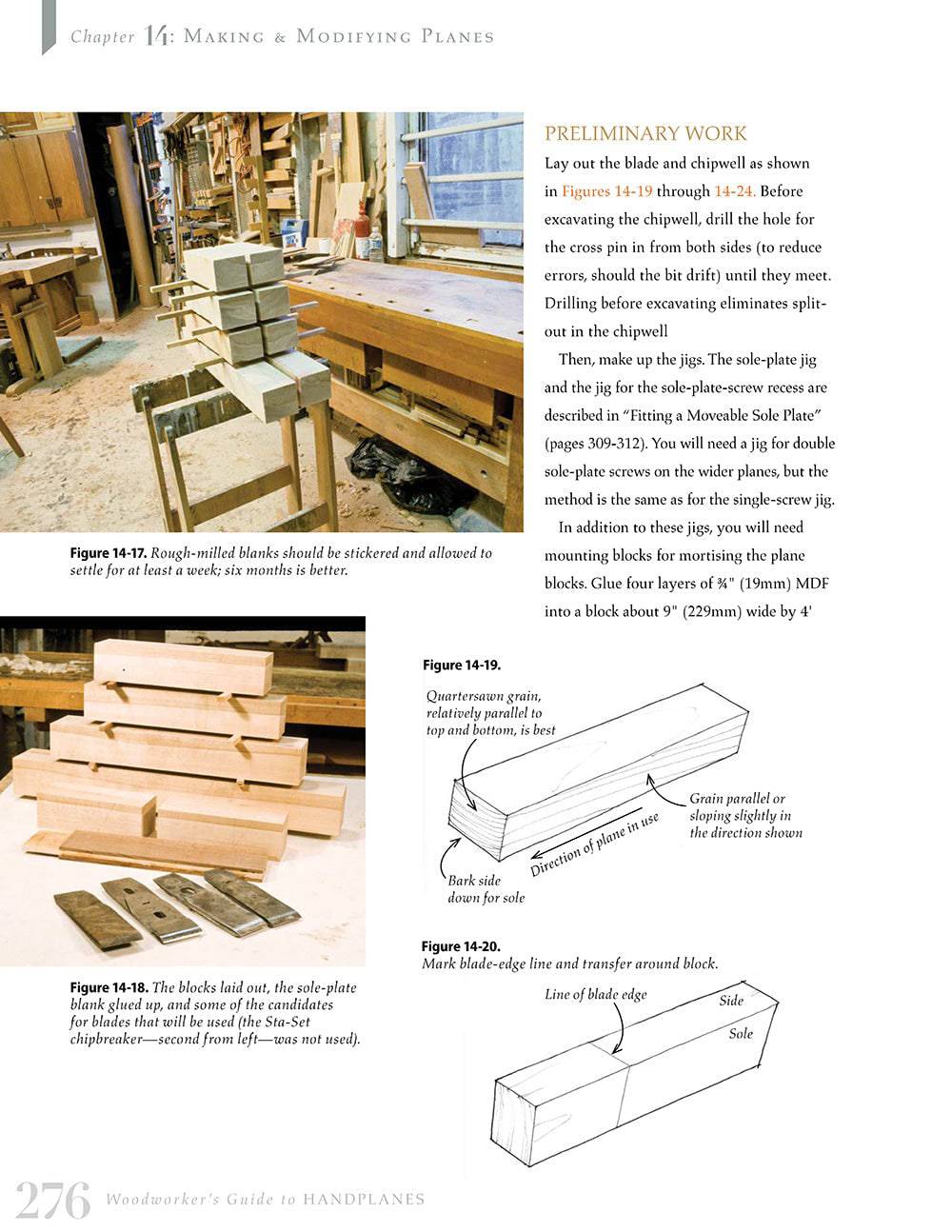
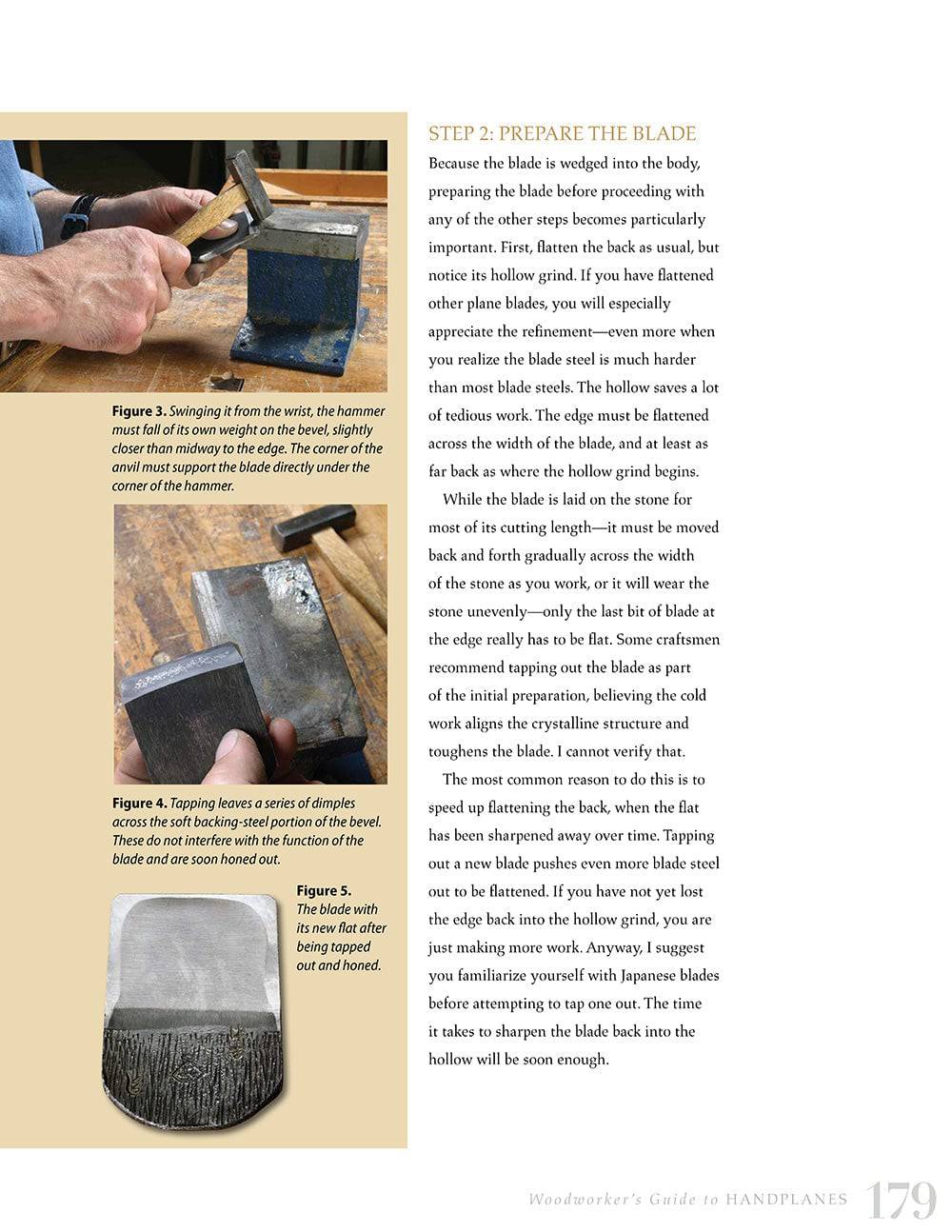
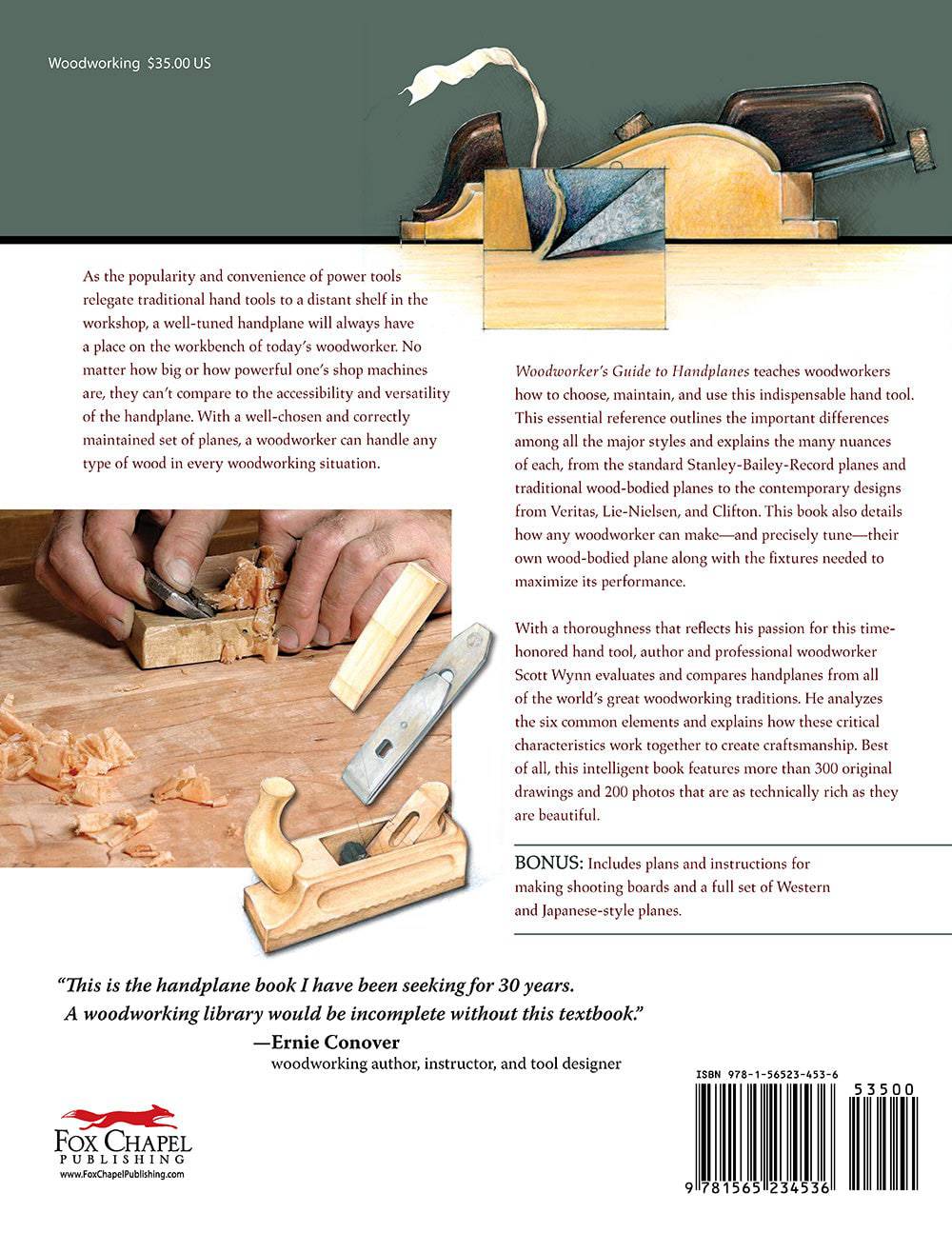
Notified by email when this product becomes available
PREVIEW
About the Author
A fourth generation craftsman, Scott brings a lifetime of involvement in craft, art, and design to his work. He has a broad base of hands-on experience as a carpenter, cabinetmaker, woodcarver, luthier, building contractor, and architectural designer. Scott has maintained a professional shop providing furniture, cabinetry, and woodcarving since 1976. Author of The Woodworker’s Guide to Handplanes, he has written and illustrated articles on the craft of woodworking for Fine Homebuilding, Fine Woodworking, and Woodwork magazines
You May Also Like
Be in the Know
Learn about the newest releases, online promotions, special events and more!
- Choosing a selection results in a full page refresh.







